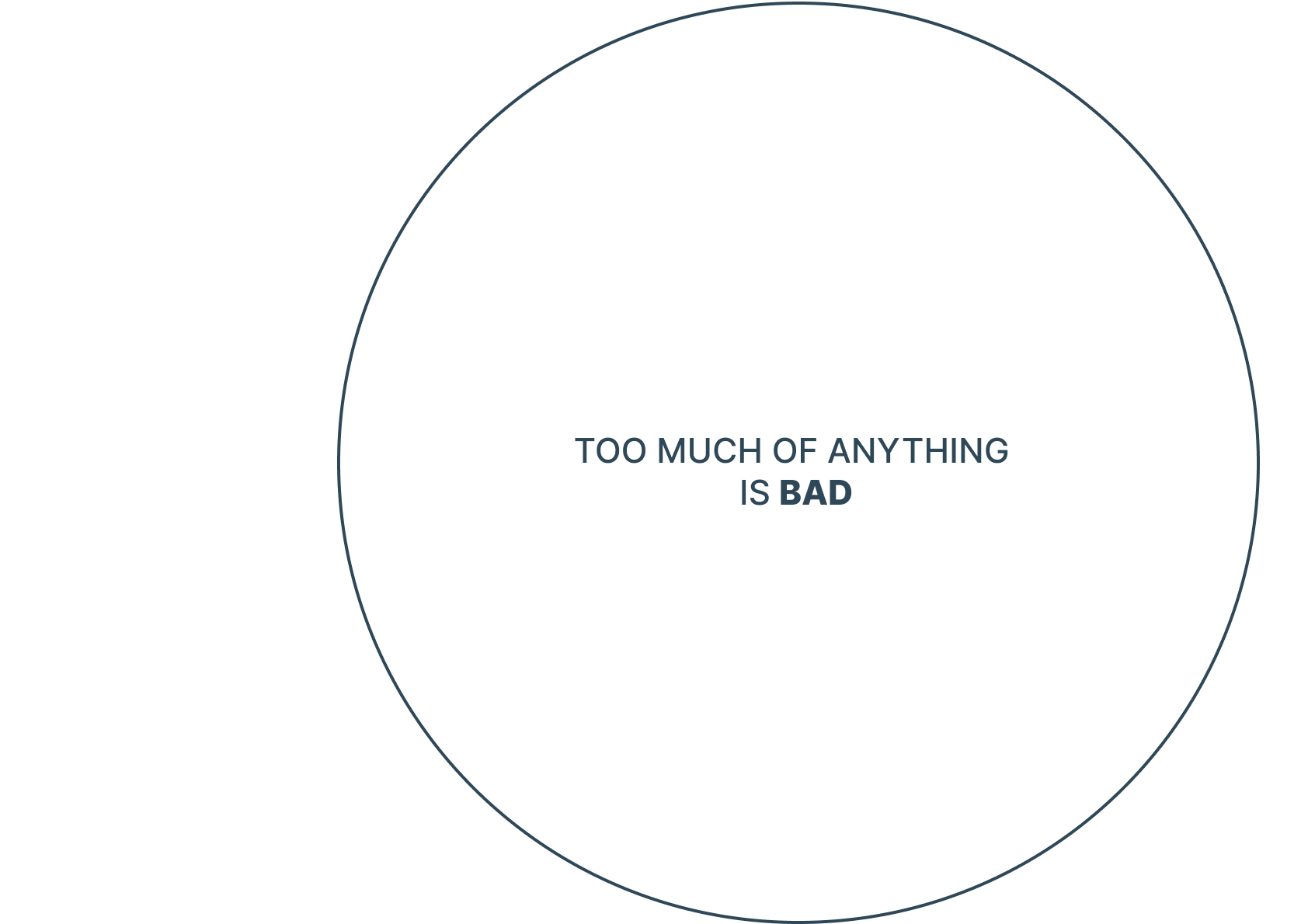
INTERACTION DESIGN
This was a month long project that demanded our attention towards various fields of study such as human sensory actions / reactions, human cognitive studies, which all root from & and are in relation to a broader understanding of what human interaction means in this vast universe.This was a group project that underwent extensive research on human sensory model - its actions and reactions to outer stimuli, Synesthetics, cognitive studies and a few more.
WU JI BI FAN
A concept that was inspired and selected form the Book "Another Phenomenology of the human mind". This reference came about when we were on an hour long discussion over world hunger, greed etc.

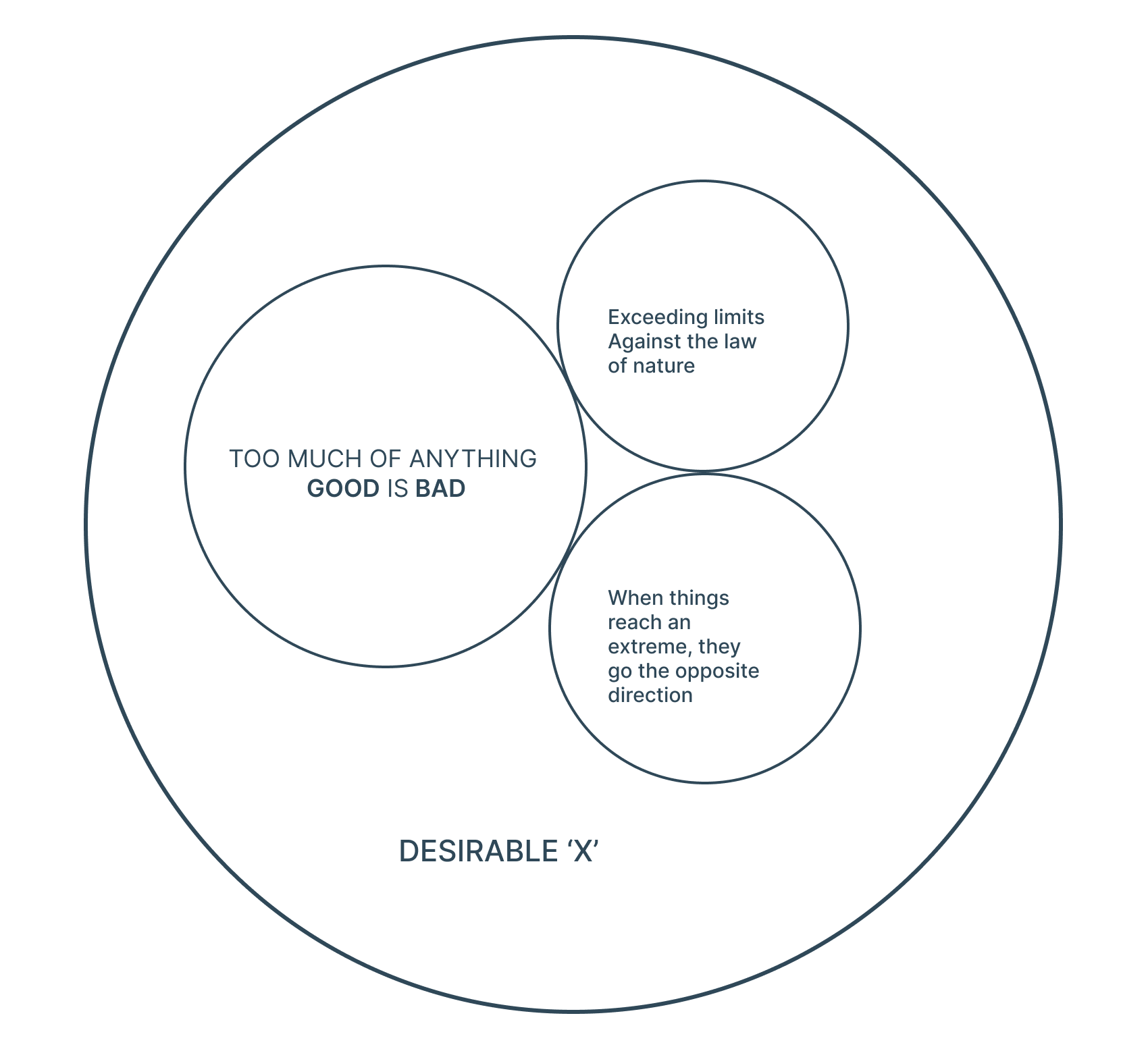
After spending a few days delving into the previously mentioned book, we reached a thorough and collective comprehension of various philosophical ideologies and their interpretations by others. Upon arriving at our ultimate conclusions, we chose to ascribe three distinct words to the ongoing journey of human existence. These words, when used in discussions about life, not only carry their conventional Oxford English definitions but also take on an additional layer of significance.
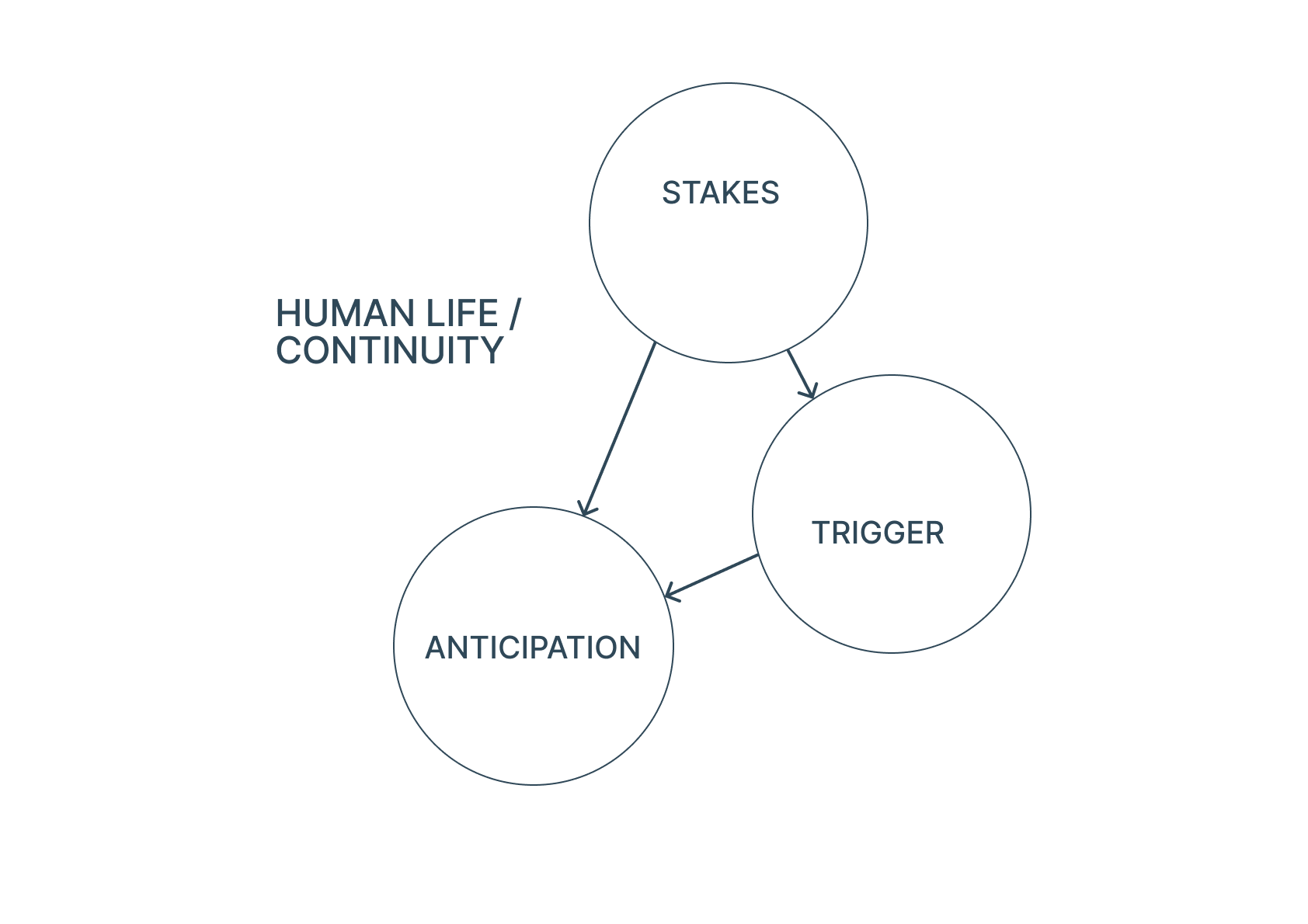


INSTRUCTIONS
The team must start with all the members behind the starting line. Each team member must use the pipe atleast once when transporting the marble. If the marble falls out of the pipe and onto the ground, the team must return back to the start line. The marble must be safely deposited to the continer at the finish line. DO NOT block the ends of the pipe with your hands to prevent the marble from falling out.
AIM
To pass the marble to the finish line carefully without making it fall.
Without Stakes
The experiment sought to investigate the impact of desirability, when intertwined with variables like anticipation, stakes, and triggers, on human behavior and interaction. Both groups were provided with identical arrangements of PVC pipes. Their objective was to effectively move the marble from one end of the pipe to the opposite end, depending entirely on their sensory perception and collaborative efforts.

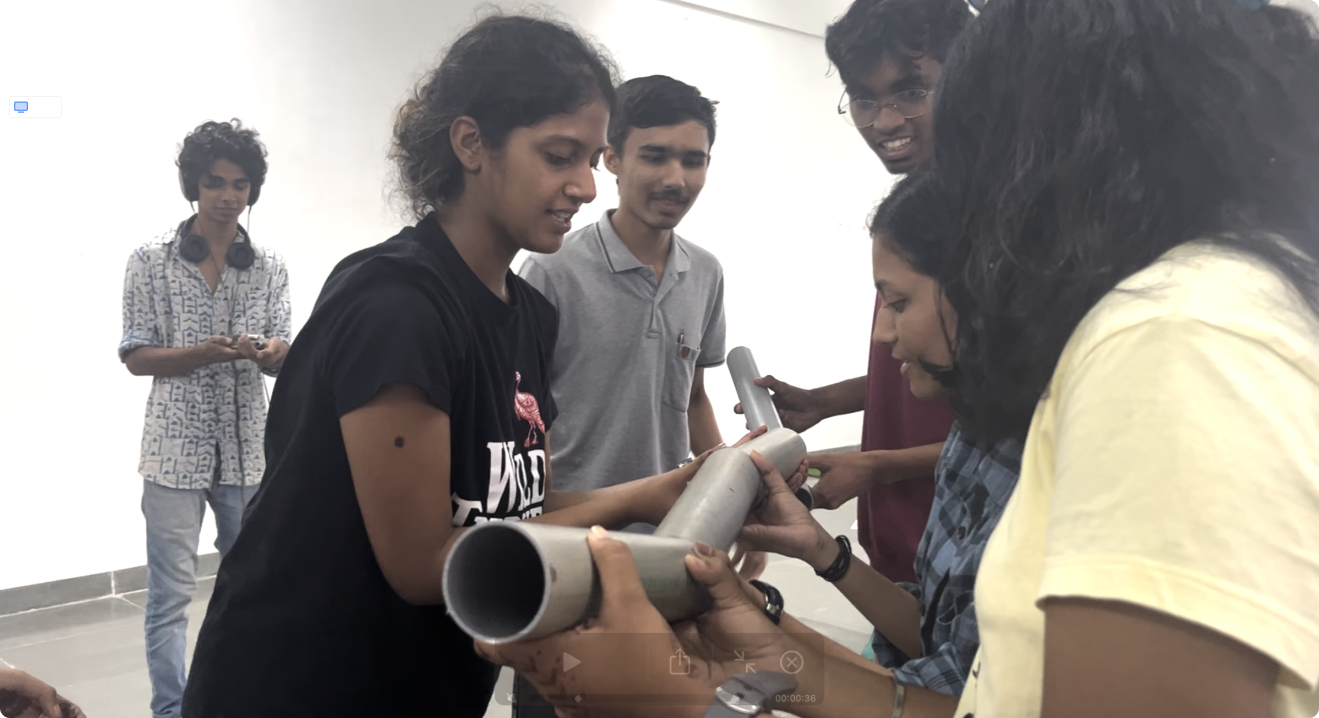
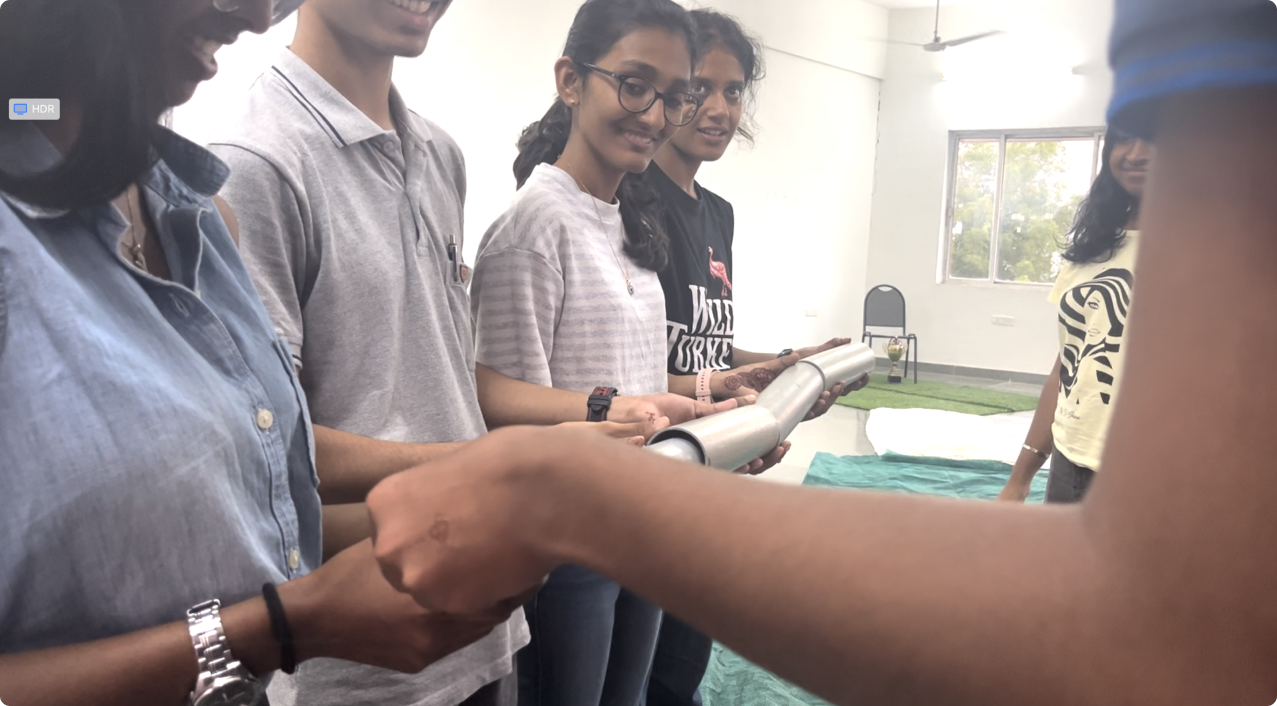
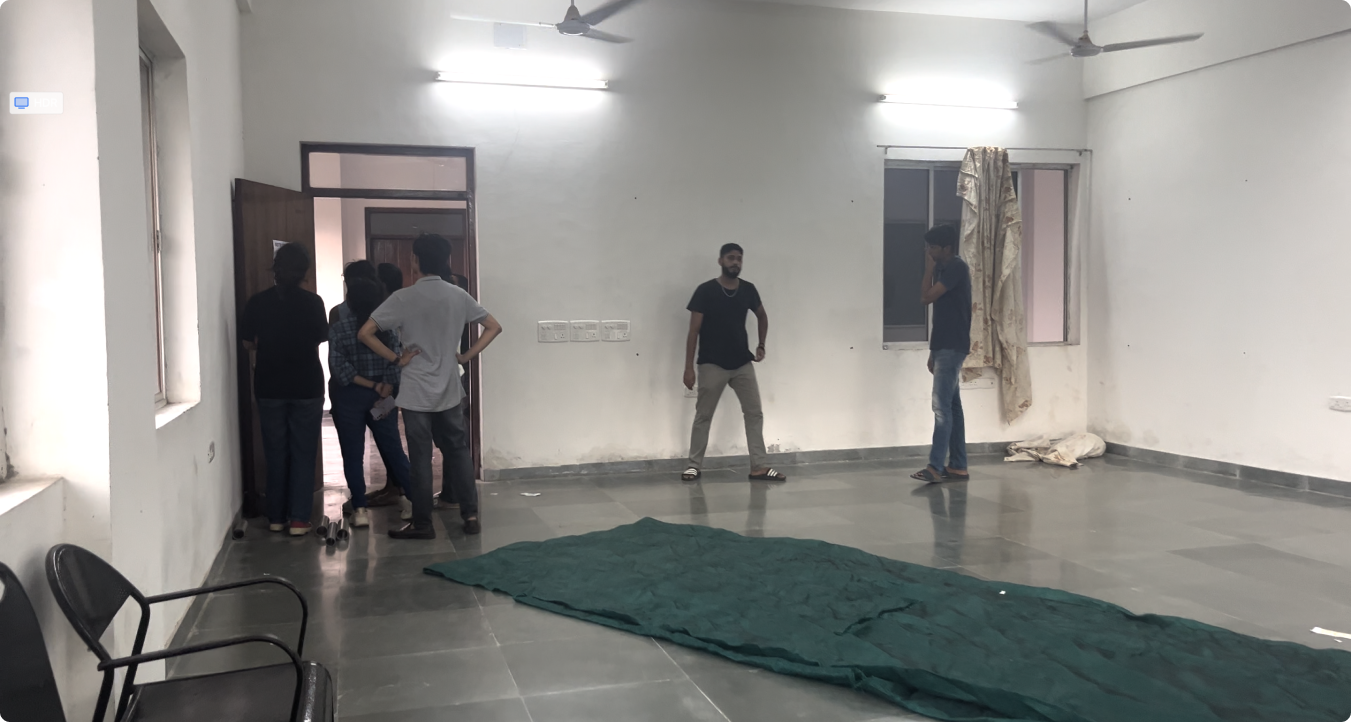
With Stakes
Initially, it was noticed that participants in the room without stakes exhibited a certain level of lethargy and seemed somewhat passive, lacking energy. However, a significant transformation occurred when stakes were introduced in the form of a Rs 1000/- incentive, with a specific time frame to complete the game. This change in the situation brought about a remarkable shift in their mindset, body language, and approach to the task.
The introduction of stakes, along with the anticipation of a reward, served as potent catalysts. It motivated participants to become more proactive, creative, and goal-oriented in their pursuit of victory. This experiment underscores the profound impact that incentives, constraints, triggers, and anticipation can exert on human behavior and motivation in the context of interactive design scenarios, highlighting the intricate interplay of psychological and motivational factors.

Initially, it was noticed that participants in the room without stakes exhibited a certain level of lethargy and seemed somewhat passive, lacking energy. This separation was maintained until participants were instructed to enter separate rooms. Participants without stakes were guided to the negative space, while those with stakes, resulting in heightened triggers and anticipation, were directed to the positive space.
By closely examining the design and rationale behind the configuration of the negative space, we gain insight into the significant impact it has on participants. During the space setup, we thoroughly considered the role of the five human senses and the potential for modifying or introducing external elements to create a multi-sensory experience.
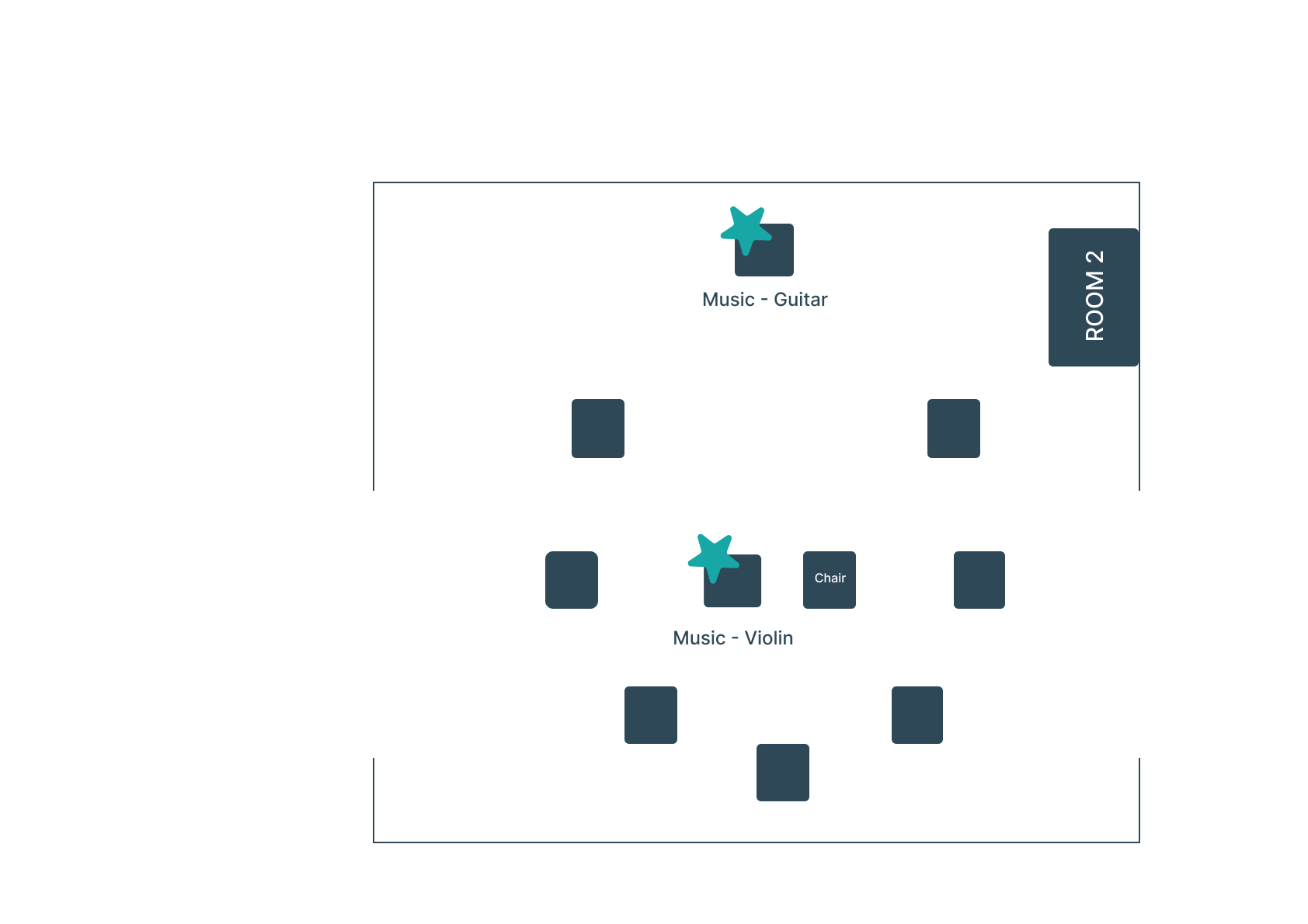
Positive Space
The mere prospect of winning 500 rupees triggered a cascade of emotions and actions, including heightened anticipation. Team members began to anticipate the reward, motivating them to work together more effectively and creatively which led to the desired outcome.
Negative Space
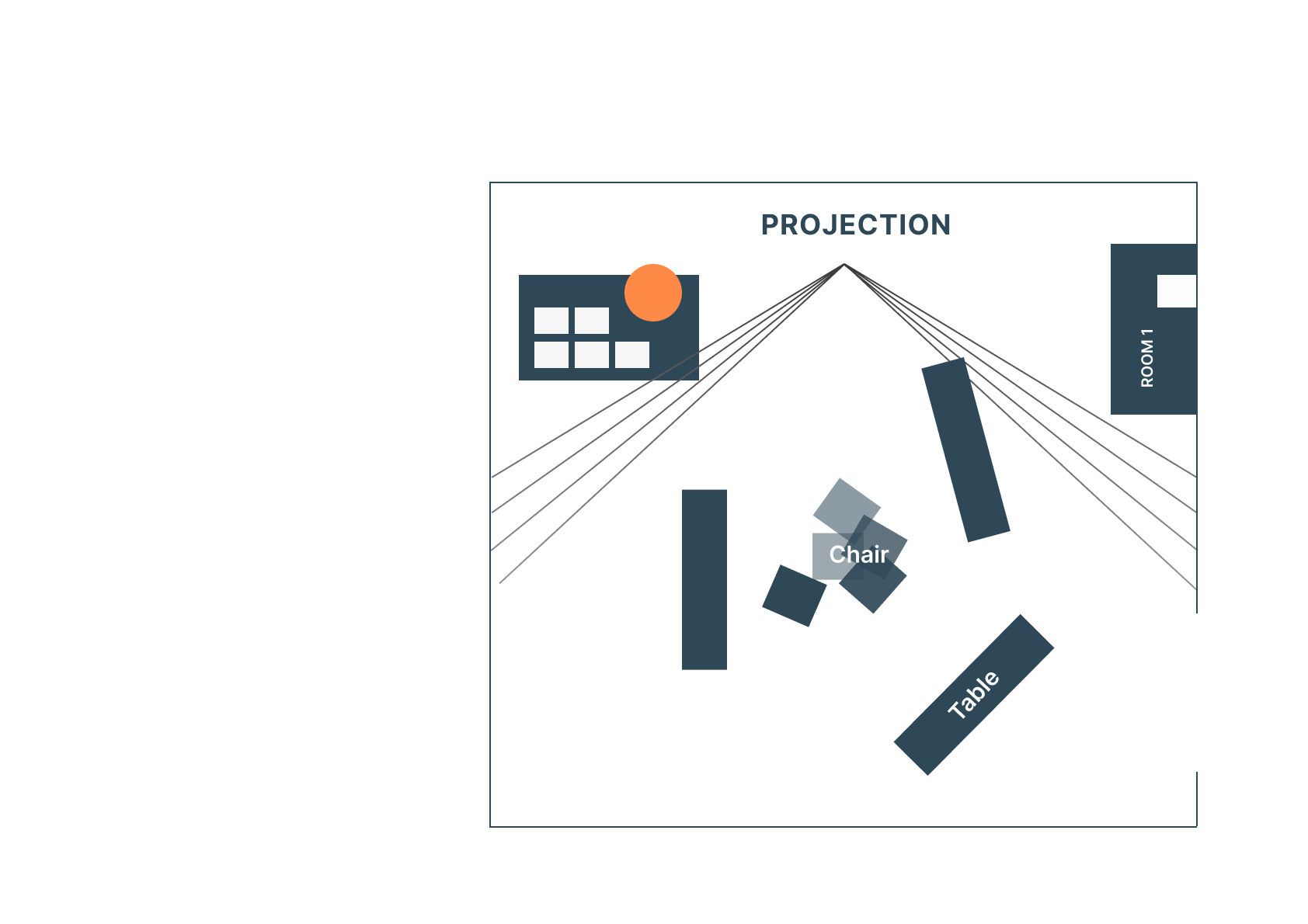
Conversely, the second team, unaware of any potential reward, lacked the same level of enthusiasm and urgency. Their approach remained casual, and their coordination with one another was less precise. Since there were no external incentive to anticipate, their actions were less guided by anticipation which led to an undesired outcome.
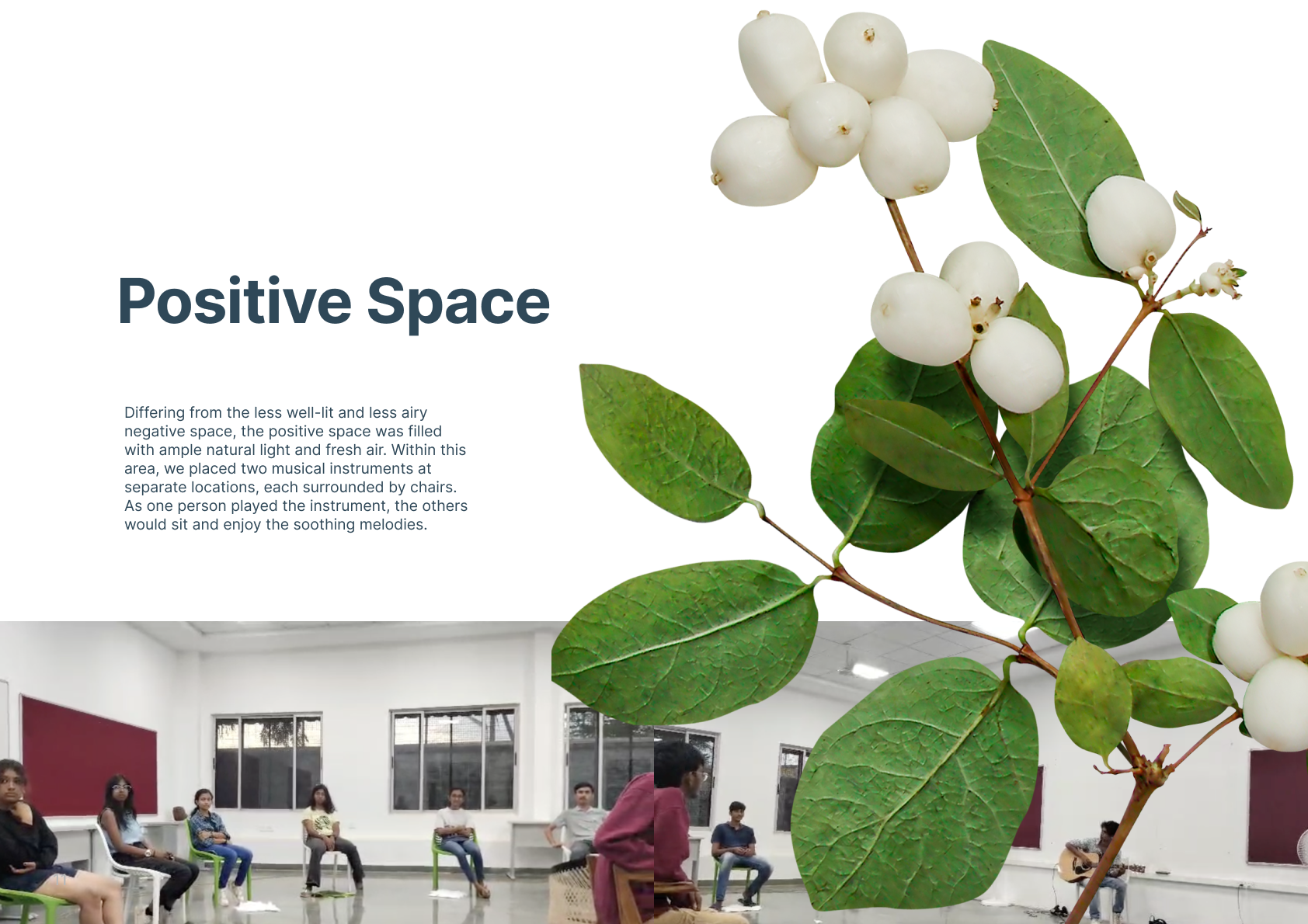

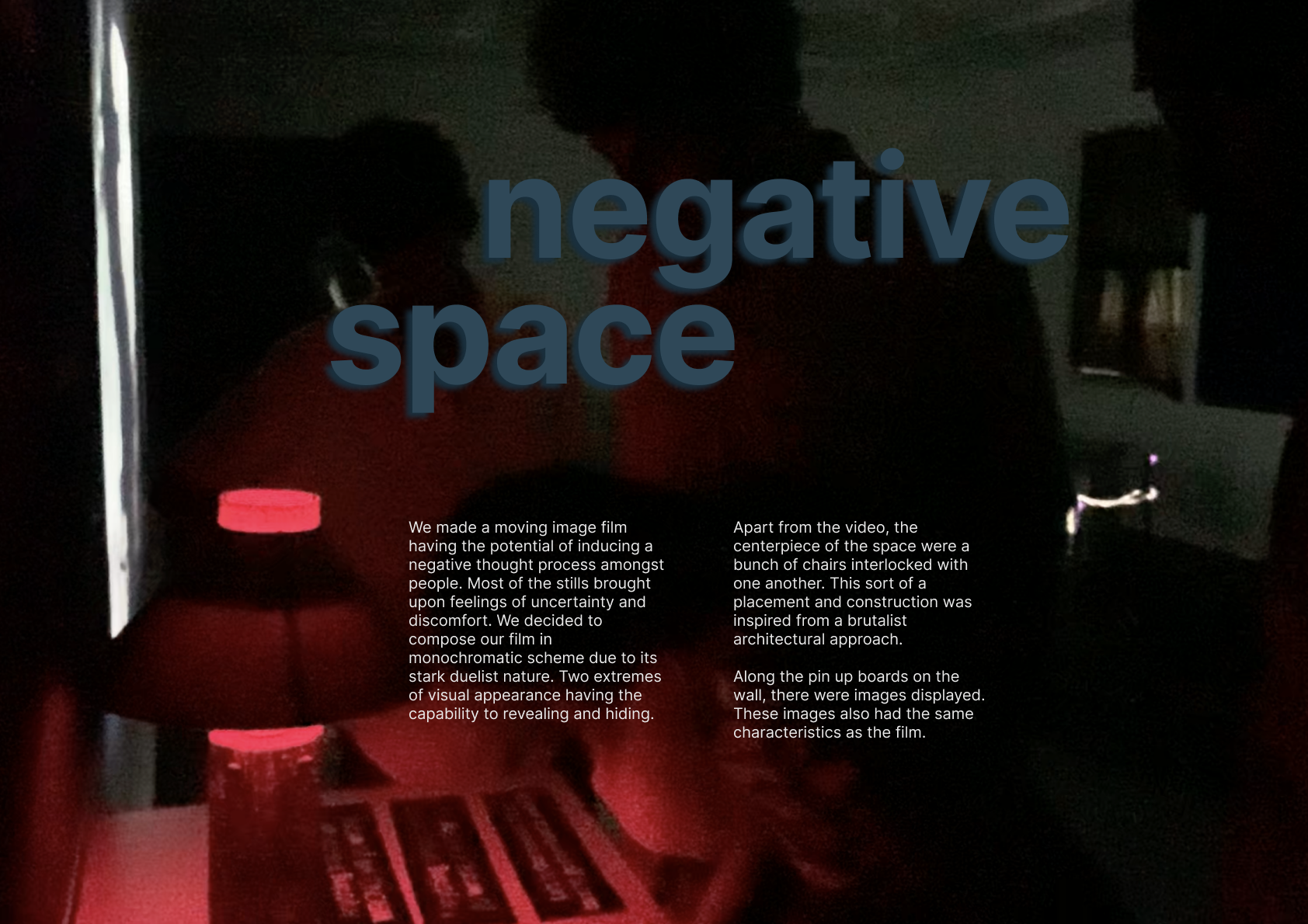
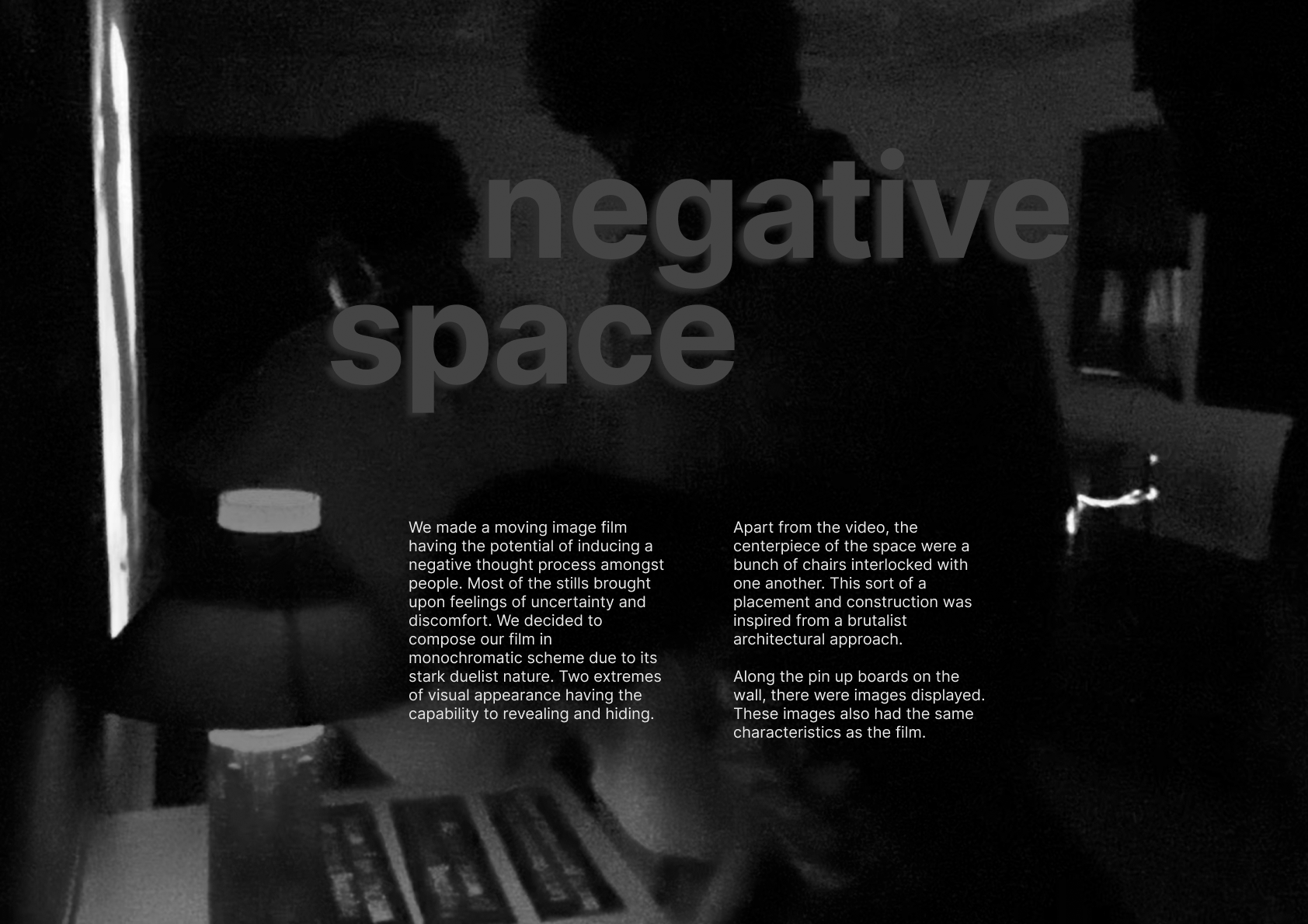
The video provides a dynamic visual narrative that sheds light on the less favorable aspects of human civilization, particularly its consequences on vulnerable individuals. Furthermore, the video employs a poignant visual style to scrutinize the intricate relationship between human development and the natural world. Through artful manipulation, it conveys a sense of melancholy, prompting viewers to ponder the complex ramifications of human actions on the environment and society. The visuals aim to provoke thoughtful reflection on the often negative implications of human behavior.

